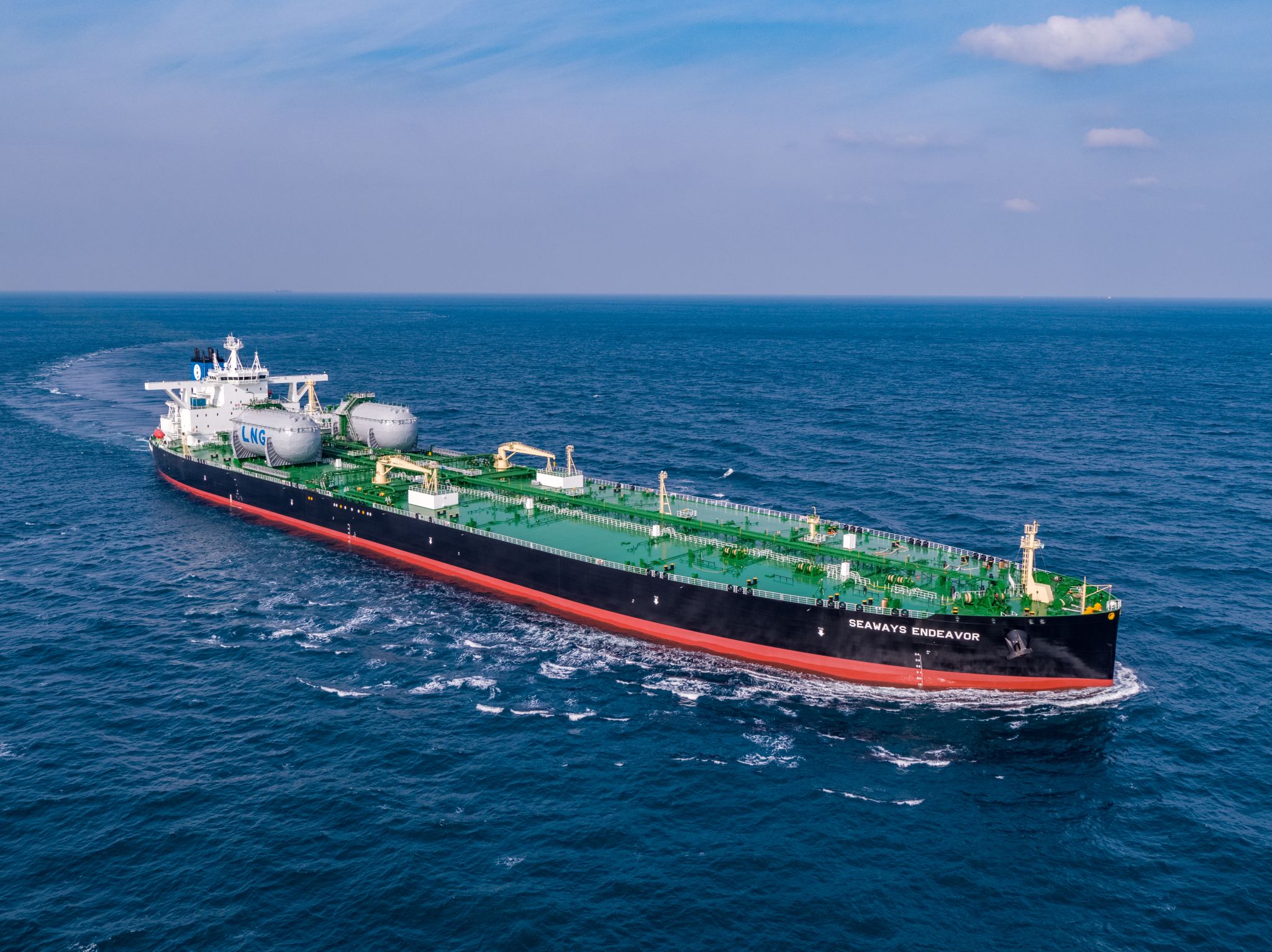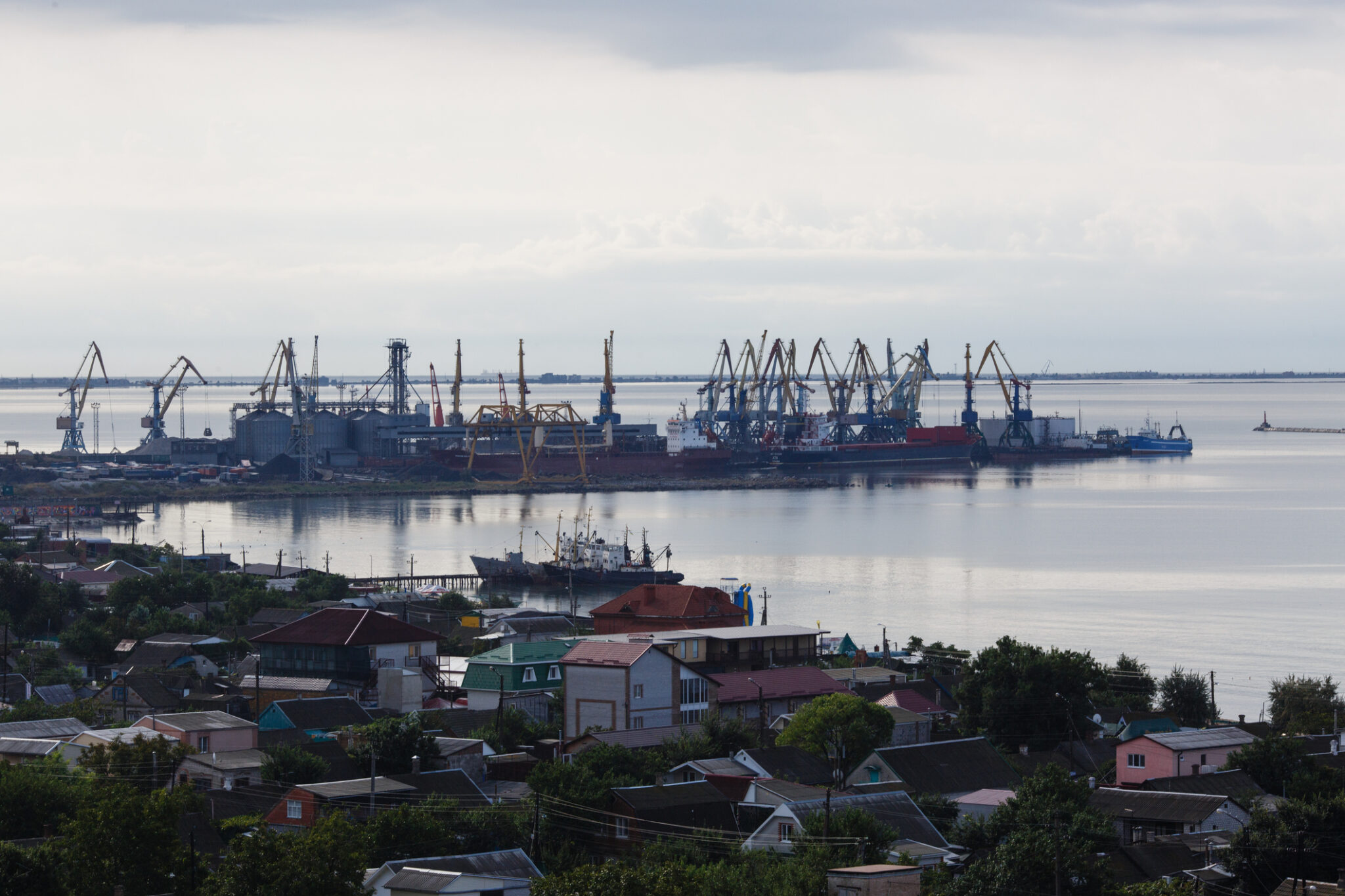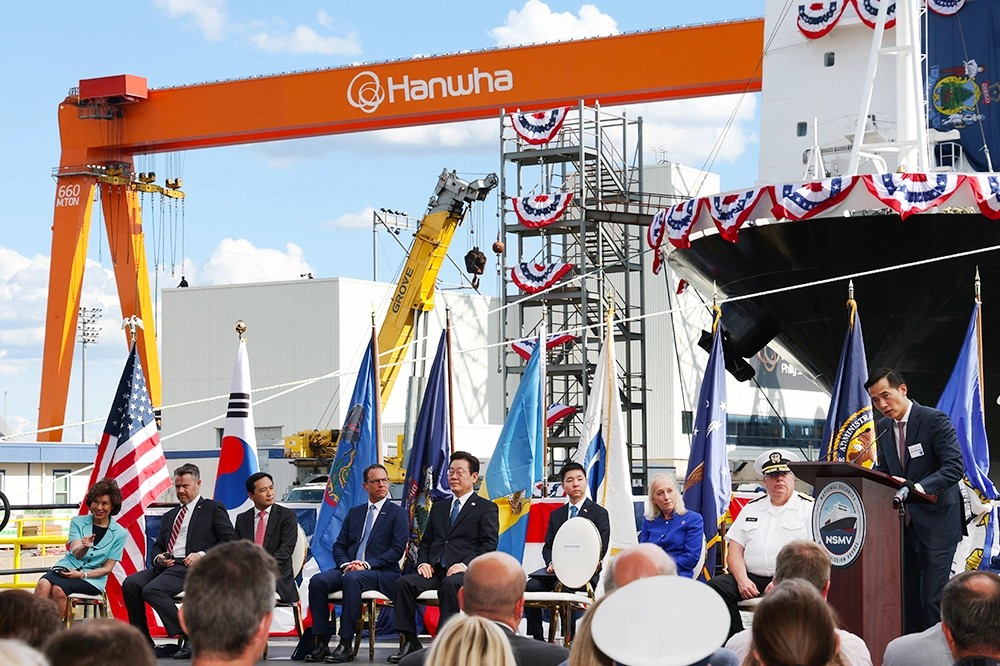SeatradeMaritime: CMB.Tech sees oil supply/demand challenges for tankers
Recently merged owner shares a positive view on vessel supply fundamentals in dry bulk and tanker segments alongside Q2 loss.
CMB.Tech announced a net loss of $7.6m for the second quarter 2025, topping off a busy period for the diversified shipowner after the completion of its merger with Golden Ocean on August 20. The owner shared a mixed outlook for its dry bulk and tanker fleets.
Average spot rates were down on-year across the company’s operating segments in the second quarter, led by dry bulk spot rates falling by 37% to $23,081 per day. Suezmax spot rates dropped by 19% to $40,160 per day, while average time charter rates for the suezmax fleet were up from $30,750 to $33,023 per day.
In its tanker market outlook, CMB.Tech said that global oil demand growth appeared increasingly fragile; there was a disconnect between OPEC+ quotes, actual production and exports; and that the oil supply-demand balance is “becoming a growing concern”. OPEC+ members are currently engaged in production increases.
“The IEA now forecasts an oil market surplus of 1.5 mb/d in 2025 and 2.1 mb/d in 2026. This anticipated oversupply is beginning to draw attention from key industry stakeholders and could prompt a reassessment of OPEC+ strategy,” said CMB.Tech.
On the fleet side, rising ordering activity in the VLCC segment pushed the orderbook to fleet ratios for VLCCs and suezmaxes to 13.9% and 19.4%, respectively. Factoring in an ageing fleet, the seemingly high orderbook numbers still add up to a net fleet contraction through 2028 for both vessel segments.
Related:China Merchants Nanjing Tanker profits slump
“Currently, 17% of the VLCC fleet and 19% of the Suezmax fleet are over 20 years old — thresholds typically associated with phase-out or reduced commercial viability. The replacement challenge becomes even more pronounced when looking further ahead. By 2030, 39% of the VLCC fleet and 40% of the Suezmax fleet will be over 20 years old, indicating a steep increase in fleet obsolescence,” said CMB.Tech.
The company has 10 VLCCs on the water with an average age of 8.4 years and 18 suezmaxes with an average age of 7.3 years, along with five VLCCs and two suezmaxes in its orderbook.
For the company’s dry bulk fleet, a global orderbook for capesize and newcastlemax vessels of 9.8% is of little concern to CMB.Tech, as around 30% of the world fleet is over 15 years old.
“New vessel contracting remains subdued, constrained by limited shipyard availability, elevated construction costs and persistent uncertainty regarding future propulsion technologies,” the company said.
The 32 large bulk carriers ordered from January to August 2025 compared to 83 in the whole of 2024, and fleet growth is pegged at 1.5% this year and 1.9% in 2026. “However, when factoring in drydocking schedules and increased maintenance requirements, actual available capacity may contract, especially as more vessels are sidelined for regulatory retrofits,” said the company. Environmental regulations are further pressuring capacity as EEXI and CII push vessel speeds lower.
Related:VLCCs set to lead positive tanker market development
As at August 8, CMB.Tech had 17 “super-eco” 210,000 dwt newcastlemaxes with an average age of less than one year, along with 11 on the orderbook. Golden Ocean’s fleet comprises 89 vessels, including capesize and panamax bulkers built between 2009 and 2024.
After the completion of its merger with Golden Ocean, CMB.Tech said its fleet totalled around 250 vessels across the dry bulk, crude tanker, chemical tanker, container ship, offshore wind, and port vessel segments.
The second quarter saw eight newbuilds join the fleet including five newcastlemaxes, a Commissioning Service Operation Vessel (CSOV), and pair of Crew Transfer Vessels (CTVs). Q2 also saw the sale of VLCC Iris, and the delivery of VLCCs Hakata and Hakone to their new owners. Suezmax Sofia was also sold in the quarter, and will be delivered in Q4 for a capital gain of $20.4m.
Related Posts





